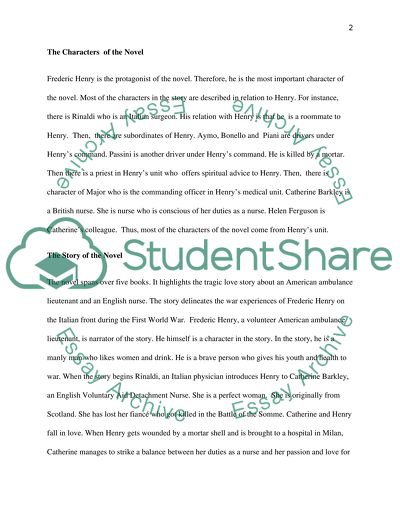Cite this document
(“A Farewell to Arms Essay Example | Topics and Well Written Essays - 2000 words”, n.d.)
Retrieved from https://studentshare.org/literature/1448204-farewell-to-fallen-arms
Retrieved from https://studentshare.org/literature/1448204-farewell-to-fallen-arms
(A Farewell to Arms Essay Example | Topics and Well Written Essays - 2000 Words)
https://studentshare.org/literature/1448204-farewell-to-fallen-arms.
https://studentshare.org/literature/1448204-farewell-to-fallen-arms.
“A Farewell to Arms Essay Example | Topics and Well Written Essays - 2000 Words”, n.d. https://studentshare.org/literature/1448204-farewell-to-fallen-arms.


